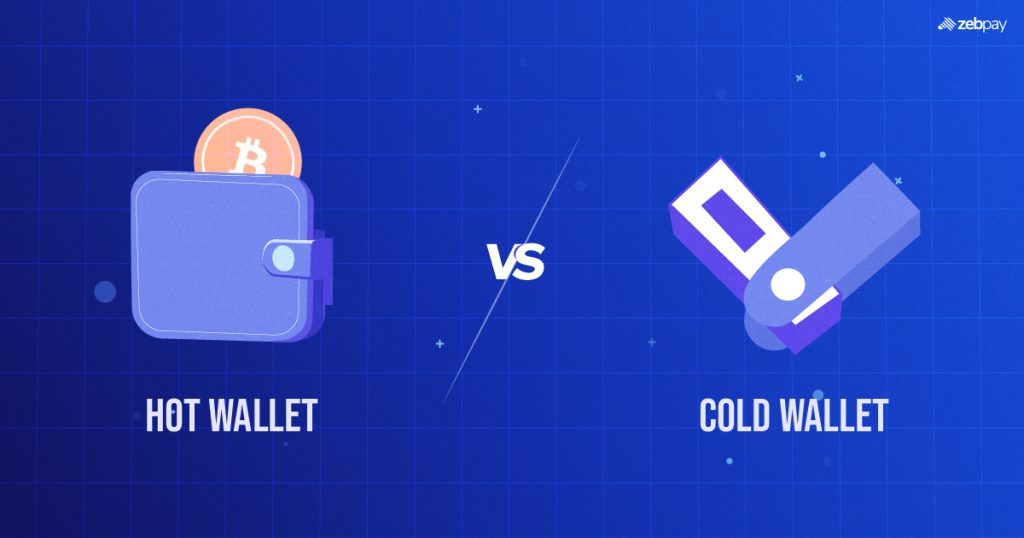
Understanding the differences between hot wallets and cold wallets is crucial for protecting your cryptocurrency. In order to assist you in making wise choices about the protection of your digital assets, we’ll examine the 10 most significant distinctions between these two wallet kinds in this piece.
Table of Contents
1. Hot Wallets: What You Need to Know
A cryptocurrency wallet that is constantly linked to the internet is known as a hot wallet. They are more convenient for routine transactions thanks to this accessibility, but they are also more vulnerable to internet dangers.
2. Cold Wallets: The Ultimate in Security
On the other hand, cold wallets are offline storage options, making them resistant to online attacks. You might think of them as virtual safes for your cryptocurrency.
3. Vulnerability to Hacks
Due to their internet appearance, hot are more susceptible to hacking attempts. Cybercriminals can get access by taking advantage of flaws in internet-connected devices.
4. Protection Against Online Threats
Being offline, cold provide defense against the majority of online risks. They cannot be hacked, even if the target is an internet-connected gadget.
5. Convenience vs. Security
Hot place a high value on convenience, making them appropriate for regular transactions. However, this ease is paid for by increased security threats.
Read This : Cetoex Made Easy 8-Step Guide to Buying Crypto.
6. Long-Term Storage
Long-term storage is where cold excel. Cold are the best choice if you intend to keep your cryptocurrency for a long time.
7. Private Keys
Private keys are kept on internet-connected devices using hot. Private keys are kept offline in cold, making them almost impervious to remote theft.
8. Mobile Wallets and Exchanges
Examples of hot include numerous mobile wallets and exchange accounts. Although they are made to be simple to use, they might not be the safest choice for significant holdings.
9. Hardware Wallets
Hardware wallets, which are tangible objects that hold your private keys offline, are a common type of cold wallet. These are frequently cited as one of the safest methods for storing cryptocurrency.
10. Multi-Signature Wallets
By requiring multiple private keys to allow transactions, multi-signature wallets integrate features of both hot and cold, enhancing the security of hot use.
To sum up, there are different uses for hot and cold in the field of cryptocurrency security. While cold promote security but may be less convenient for everyday transactions, hot prioritize convenience but come with heightened security risks.
Your own demands and preferences will ultimately determine whether you choose hot or cold wallets. A hot wallet may be appropriate for active trading and transactions, while a cold wallet is a safer choice for long-term storage and large holdings.
Consider the advantages and disadvantages carefully, and execute a wallet plan that fits your expectations for your cryptocurrency investments and your risk appetite. The secret to effectively protecting your digital assets is striking a balance between convenience and security.
This blog post seeks to inform readers and assist them in making well-informed decisions regarding their cryptocurrency security by offering insightful information on hot wallets and cold wallets and naturally including the target keywords.
In the fast-paced crypto market, the tiniest details matter. Gain insights into these vital factors to make well-informed decisions and navigate the ever-changing landscape of digital currencies effectively. Thanks for Reading
Social Media